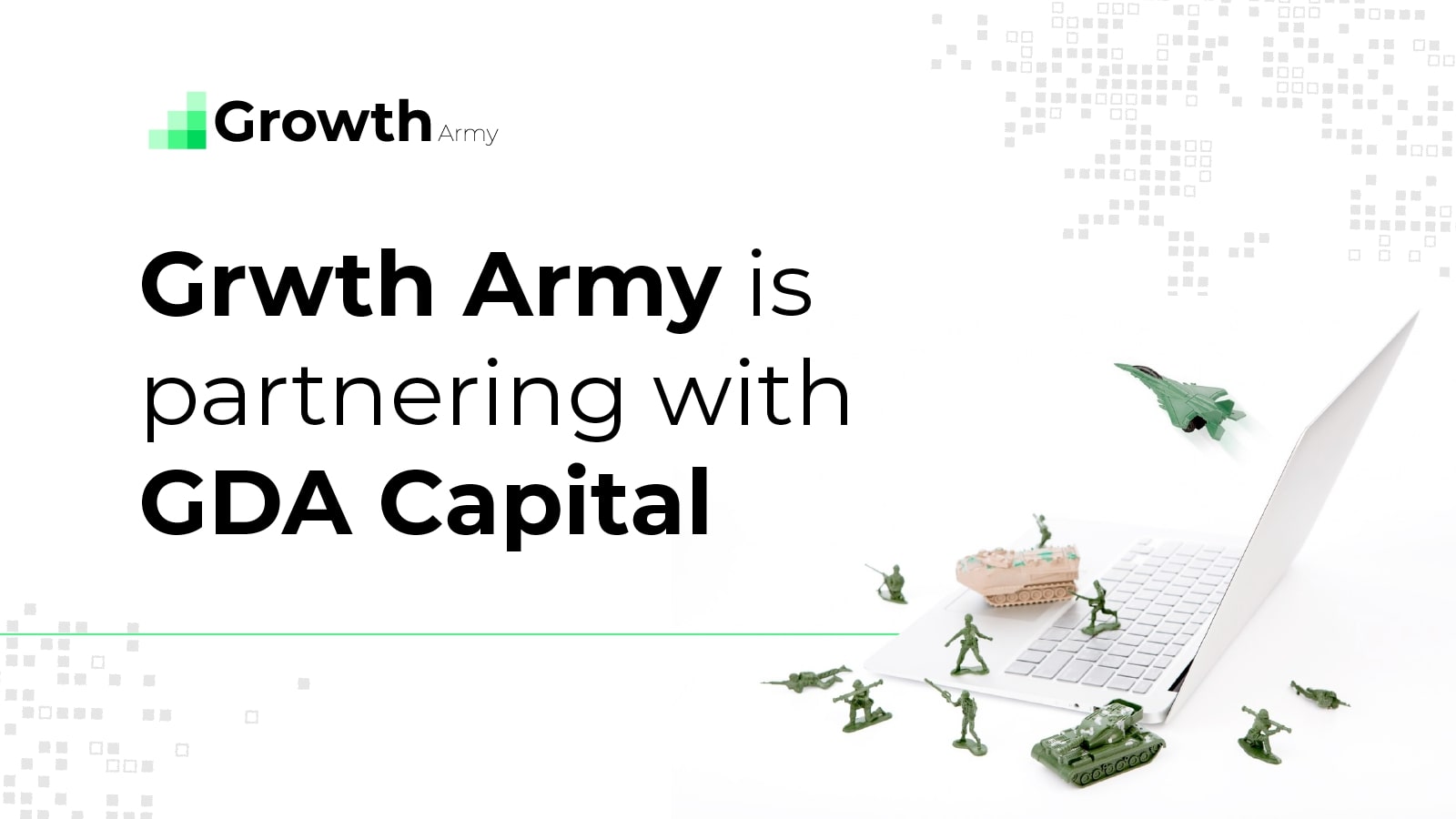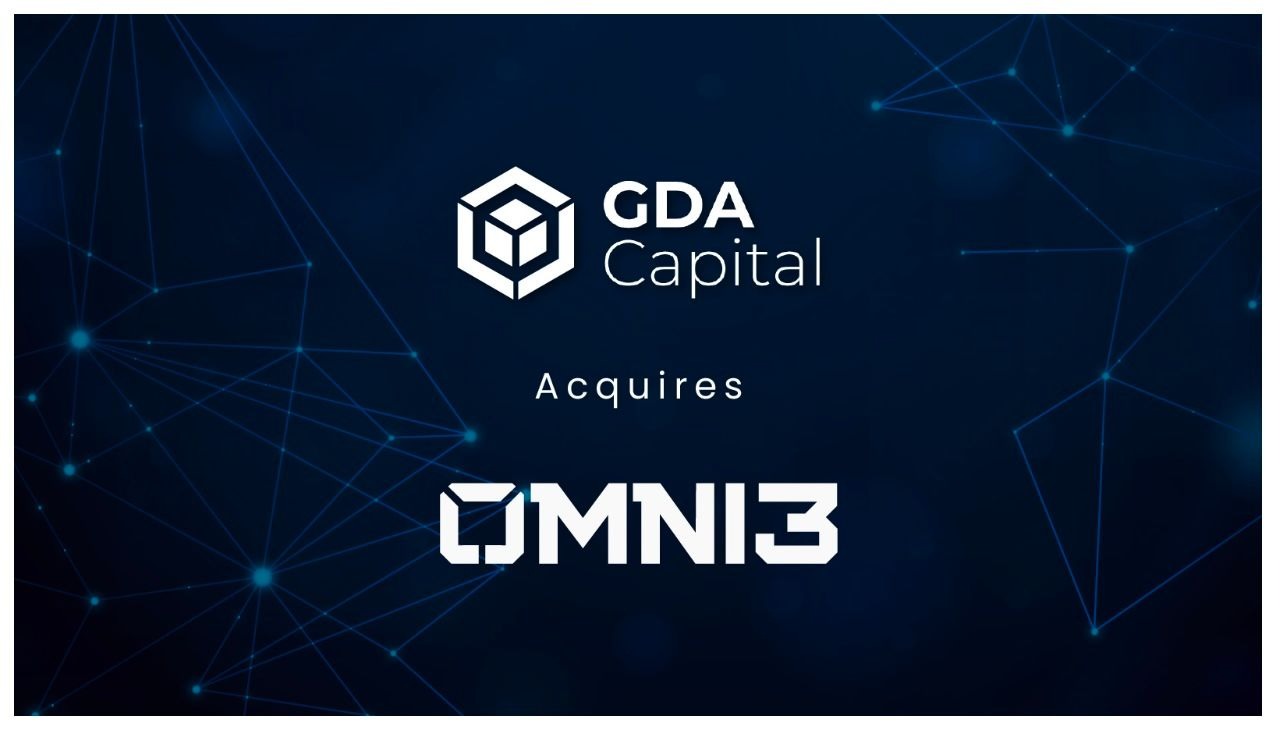The Graph has emerged as one of the most technical and practical Web3 protocols in recent years. Designed to fulfill a critical function across blockchain networks, this protocol is quickly gaining recognition in the development community. In fact, some developers and Web3 experts have even called the protocol the “Google of the decentralized web.”
If the Graph lives up to its reputation it could be a game-changer for the entire industry. With that in mind, here’s a deep dive into this niche and hyper-utilitarian token.
The Graph’s Background
Yaniv Tal, the Co-Founder and Project Lead of The Graph, is a tech industry veteran who previously worked at Silicon Valley software startup MuleSoft. Tal says he was always interested in “application development and making it easier for people to build apps,” which is why he teamed up with developers Brandon Ramirez and Jannis Pohlmann to launch the Graph in 2020.
According to the project’s website, the Graph “establishes a mechanism for querying blockchain data on a decentralized network, starting with Ethereum.” In other words, it makes it very easy for developers to create tools that can parse data that lives on decentralized networks. The Graph works much like Google’s search algorithm. The only difference is that the Graph protocol is decentralized and based on open-source APIs called subgraphs instead of being controlled by one giant tech firm. That’s why some have described the project as the “Google of blockchains.”
Use Cases
In the early days of the internet, the use cases of a search engine like Google were not entirely clear. However, our experience with Web 2 protocols and search engines makes it clear that a search function for decentralized blockchains is clearly valuable.
The Graph currently serves as the public infrastructure for easily building applications on the Ethereum network. This feature is called the Subgraph Studio. Researchers and developers can also interact with data that lives on the blockchain through a feature called Graph Explorer. Finally, dApps such as Avalanche, Near, and Optimism are hosted on the Graph’s decentralized Hosted Service.
At the time of writing, the protocol’s features are compatible across 26 blockchain networks, including 26 different blockchain networks, including Ethereum, Near, Arbitrium, Optimism, Polygon, Avalanche, Celo, Fantom, Moonbeam, and IPFS. So far, its subgraphs are used by Uniswap, Synthetix, KnownOrigin, Gnosis, Balancer, Livepeer, DAOstack, Audius, and Decentraland.
Over time, the team believes the functionality of this infrastructure could be further expanded to all crypto networks, unleashing a new wave of innovative decentralized products.
Tokenomics
GRT is the native token of the Graph network, which is used as a utility and governance token by four key actors: Developers, Indexers, Curators, and Delegators.

Source: theGraph
Developers pay for API access and hosting services with GRT. Indexers are node operators in The Graph Network who provide indexing and query processing services in exchange for GRT. Curators review and monitor the Graph Explorer to highlight high-quality subgraphs and earn GRT as a reward for their efforts. Finally, Delegators are part of the governance and staking system built into the network.
There are 4.72 billion GRT outstanding at the moment, but the total supply of GRT is capped at 10 billion. Each token is worth $0.405 at the time of writing which implies a market capitalization of $1.9 billion – the 56th largest cryptocurrency project in the industry.
Latest Developments
The Graph team recently raised $50 million from industry-leading venture capital firm Tiger Global. John Curtius, a partner at Tiger Global, called the project, “one of the most important pillars of the decentralized web.”




